- News
- Reviews
- Bikes
- Accessories
- Accessories - misc
- Computer mounts
- Bags
- Bar ends
- Bike bags & cases
- Bottle cages
- Bottles
- Cameras
- Car racks
- Child seats
- Computers
- Glasses
- GPS units
- Helmets
- Lights - front
- Lights - rear
- Lights - sets
- Locks
- Mirrors
- Mudguards
- Racks
- Pumps & CO2 inflators
- Puncture kits
- Reflectives
- Smart watches
- Stands and racks
- Trailers
- Clothing
- Components
- Bar tape & grips
- Bottom brackets
- Brake & gear cables
- Brake & STI levers
- Brake pads & spares
- Brakes
- Cassettes & freewheels
- Chains
- Chainsets & chainrings
- Derailleurs - front
- Derailleurs - rear
- Forks
- Gear levers & shifters
- Groupsets
- Handlebars & extensions
- Headsets
- Hubs
- Inner tubes
- Pedals
- Quick releases & skewers
- Saddles
- Seatposts
- Stems
- Wheels
- Tyres
- Health, fitness and nutrition
- Tools and workshop
- Miscellaneous
- Cross country mountain bikes
- Tubeless valves
- Buyers Guides
- Features
- Forum
- Recommends
- Podcast
TECH NEWS
 Tour de France 2016 aero road bikes 2 - 1.jpg
Tour de France 2016 aero road bikes 2 - 1.jpgTour Tech 2016: 9 aero road bikes
We've been checking out all the tech at this year's Tour de France and here are some of the most interesting aero road bikes.
Fortuneo - Vital Concept’s Look 795 Light
The most distinctive feature of the Look 795 is the front end where the stem integrates into the head tube and top tube so as not to increase the size of the bike’s frontal area. The Di2 junction box would usually live inside the top tube but the team keeps it external to allow on-the-fly adjustment.
The aero seat tube extends well beyond the top tube junction and it’s cutaway around the leading edge of the rear wheel.
The 795 Aerolight has a front brake that’s integrated into the fork and a rear brake that’s positioned behind the bottom bracket for improved aero efficiency, but the Fortuneo - Vital Concept team use the 795 with conventionally sited brakes for easier adjustability and wheel changes out on the road.
Check out our review of the Look 795 Aerolight.
Dimension Data’s Cervelo S5
The Cervelo S5 comes with a dropped down tube – the leading edge is positioned extremely close to the front tyre so it hides in the wake of the wheel – and a seat tube that’s cutaway all the way around to the seatstay junction. Those seatstays kink out immediately to manage the airflow over the rear brake.
Dimension Data positions the Shimano Di2 junction box beneath the saddle where it doesn’t much affect the aerodynamics.
Check out our story from when Cervelo launched the revamped S5.
Etixx - Quick-Step’s Specialized S-Works Venge Vias
Specialized has included many aero features on Venge Vias but the most noticeable are the proprietary brakes. As well as being designed to reduce drag, Specialized says they are positioned where wheel flex is minimal in order to avoid brake rub.
Most aero road bikes have a seat tube that’s cutaway around the rear wheel. Specialized has gone a step further by cutting away the down tube to sit close behind the front wheel.
The S-Works Aerofly ViAS handlebars have aero profile tops and the Roval wheels are designed to reduce drag too.
Read our report from when Specialized launched theS-Works Venge Vias.
Trek Segafredo’s Trek Madone 9 Series
Trek launched the new Madone last year with frame tubes, fork legs and a seatmast that are made to Kammtail profiles. In other words, Trek has designed them to slip through the air with as little drag as possible, then chopped the back of those profiles off square to retain most of the aero performance while saving weight, avoiding handling issues in crosswinds, and remaining within the UCI's bike design rules. The top section of the Madone XXX integrated bar/stem is KVF-shaped too.
One of the most eye-catching features is the front end where the direct-mount centre-pull brake is integrated into the fork and little flaps – Vector Wings – open to allow the front wheel to turn. The cable is fully internal, routed down the front of the proprietary steerer tube and through the head tube.
This bike uses Shimano Dura-Ace Di2 components with the junction box hidden away inside the down tube.
Read our review of the Trek Madone 9 Series.
Lampre-Merida’s Merida Reacto
We didn’t get the best photos of the Merida Reacto from this year’s Tour de France. Sorry about that. It’s the way it goes sometimes. The bike is built around Merida's Fastback tube profiles that are based on the NACA (National Advisory Committee for Aeronautics) 0028 airfoil. The tail of the profile is cut square.
The seatstays join the seat tube lower than normal to reduce the size of the frontal area slightly, and they're positioned wide, well away from the rear wheel, to manage airflow in that area. The legs of Merida's full-carbon fork are widely spaced too, and the crown is integrated into the silhouette of the frame.
The rear brake is positioned behind the bottom bracket but the front brake is sited in a conventional position. Merida says that the aero benefit of hiding it away behind the fork would be minimal.
Check out our review of the Merida Reacto 5000 here.
Orica-BikeExchange’s Scott Foil
This Scott Foil belongs to Orica-BikeExchange’s Simon Gerrans. You can see that the fork crown is integrated into the frame (it sits in a notch at the bottom of the head tube) and so is the top of the headset. Scott claims a frame weight of 945g for a size medium, although weight isn't the primary consideration with an aero road bike.
We found the original Scott Foil a harsh ride but the new version is much more comfortable.
Shimano announced last week that rather than offering 50mm-deep rims as used here, Dura-Ace wheels will be available with 40mm and 60mm rims, in future, as well as the existing 24mm-deep option.
Read our Scott Foil First Ride.
Lotto-Soudal’s Ridley Noah SL
The Ridley Noah SL features an F-Splitfork that comes with two vertical openings down the middle of each leg, the idea being to “draw air away from the spokes, and counteract on turbulence generated by the wheels.”
You can see that the fork crown flows almost seamlessly into the head tube/down tube and the seatpost follows the same aero profile as the seat tube.
Ridley puts a textured surface called F-Surface on certain areas of its stock Noah SL frames, the idea being to let air travel smoothly around the frame instead of detaching and creating drag. However, we didn’t see any of this on the team bikes.
Check out our review of the Ridley Noah Fast, a close relative of the Noah SL.
Bora-Argon 18’s Argon 18 Nitrogen Pro
Sam Bennett’s Argon 18 Nitrogen Pro is built with hidden V-type brakes from TRP rather than dual pivot callipers. The arms sit directly behind the fork legs and the seatstays in order to minimise the bike’s frontal area.
The seatpost mimics the aero profile of the seat tube and those Vision Metron 81 wheels are seriously deep section, the 81 referring to the rim depth in millimetres.
Buy a Nitrogen Pro and you get Argon 18’s own AHB5000 aero handlebar with narrow but deep tops. Sam Bennett, however, uses a round section FSA Energy, presumably either for stiffness or for sponsorship reasons.
Team Katusha’s Canyon Aeroad CF SLX
This is Alexander Kristoff's Canyon Aeroad CF SLX, hence the paintjob in Norwegian colours. The frame uses what Canyon calls its Trident 2.0 aero tube profiles and it’s built up with an Aerocockpit CF integrated bar and stem that, according to Canyon, saves about 5.5 watts at 45km/h compared to a conventional setup.
The wheels are Zipp’s extremely well respected 404s – the Firestrike version – and there are no gear cables on SRAM’s Red eTap groupset to interfere with airflow.
Read our review of the Canyon Aeroad CF SLX 6.0 here.
Mat has been in cycling media since 1996, on titles including BikeRadar, Total Bike, Total Mountain Bike, What Mountain Bike and Mountain Biking UK, and he has been editor of 220 Triathlon and Cycling Plus. Mat has been road.cc technical editor for over a decade, testing bikes, fettling the latest kit, and trying out the most up-to-the-minute clothing. He has won his category in Ironman UK 70.3 and finished on the podium in both marathons he has run. Mat is a Cambridge graduate who did a post-grad in magazine journalism, and he is a winner of the Cycling Media Award for Specialist Online Writer. Now over 50, he's riding road and gravel bikes most days for fun and fitness rather than training for competitions.
Latest Comments
- Paul J 1 min 58 sec ago
A lot of Alpine passes weren't tarmaced till into the 70s, so the Tour de France was at least partly a gravel race till then. There was a lot of...
- Miller 4 min 17 sec ago
If I was a DS I'd be lambasting Bettiol for being defeatist but as a spectator, his view seems pretty realistic. Anyway I want Pogi to stay out of...
- lesterama 26 min 56 sec ago
Something something BC slow-motion crash. And, to be honest, it's painful to watch the way the sport is going downhill here.
- wtjs 40 min 14 sec ago
I hope this outcome brings some form of closure for Roseanne’s wider family and my thoughts very much remain with them today...
- mark1a 1 hour 8 sec ago
I take a different view in that hookless rims serve no purpose other than to be made more cheaply for an equivalent weight allowing the...
- David9694 4 min 2 sec ago
Double yellow lines to be reintroduced around Faversham Guildhall and Market Place to ‘protect’ views of town’s historic landmarks and character...
- Gkam84 15 hours 48 min ago
I think that is why blind eyes have been turned in the UK, internationally aswell, with things like the Redhook crits, there were many licensed...
- mdavidford 16 hours 57 min ago
Ahem - other esporters(?) might be rather surprised to hear that the UCI has taken over their events - I think that would be the Cycling Esports...
- Bungle_52 17 hours 6 min ago
I wonder how he got to the game?
- OldRidgeback 17 hours 8 min ago
You'd need some good wet weather gear for that ride too.
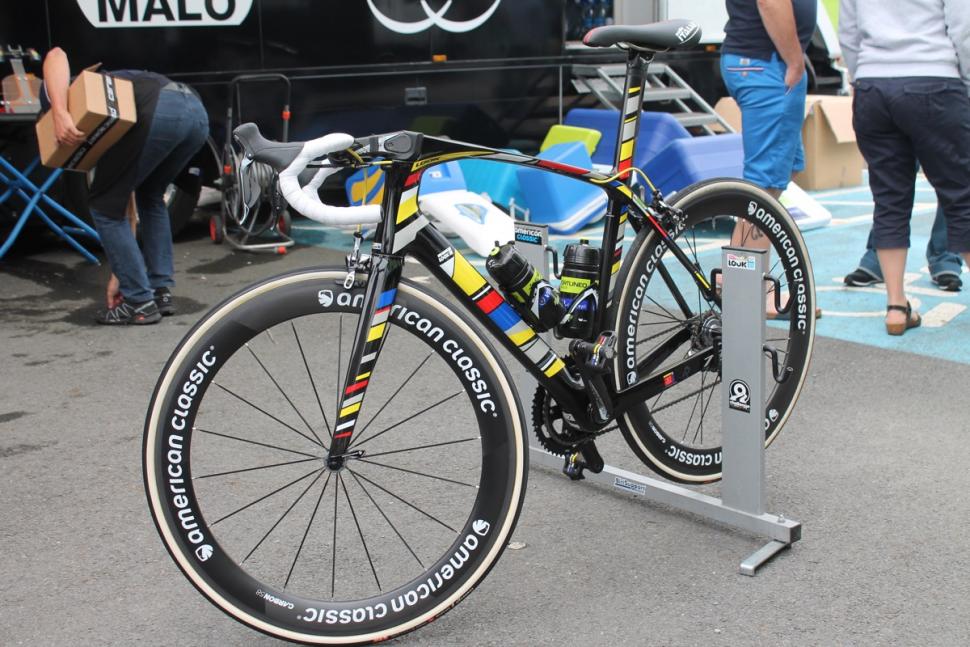

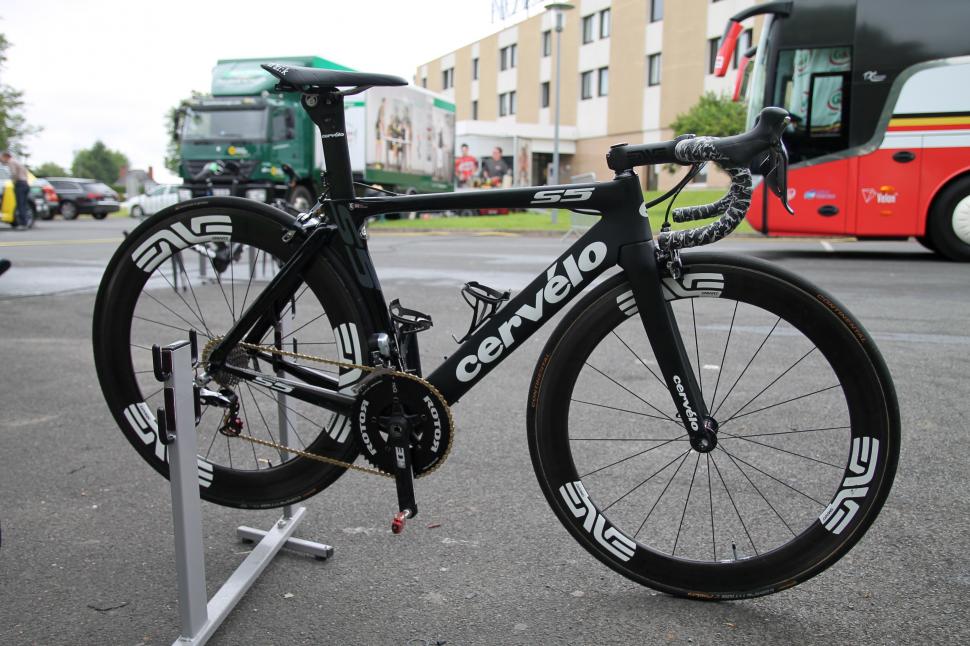

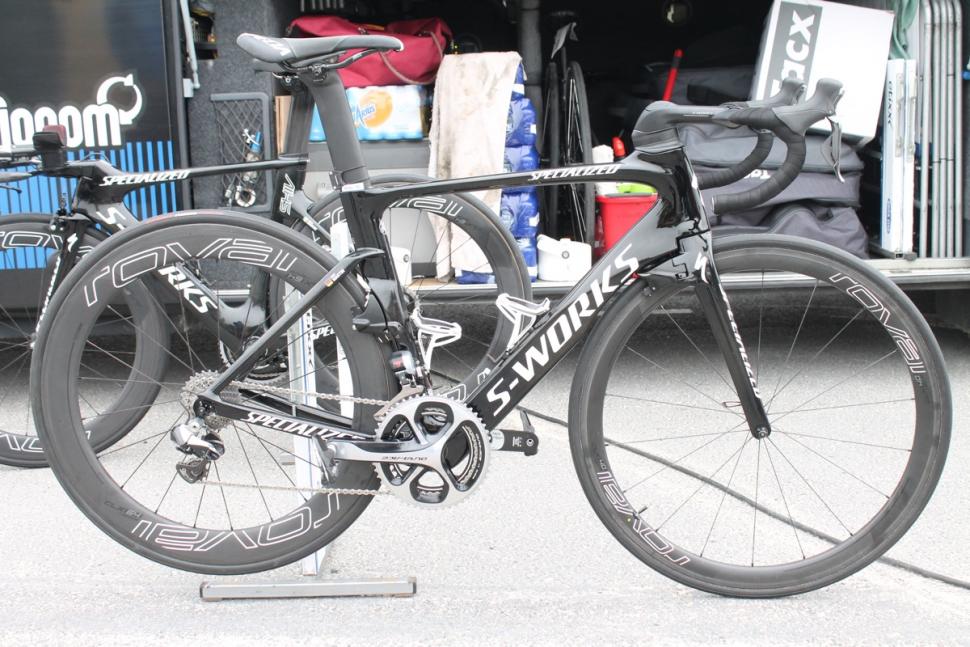


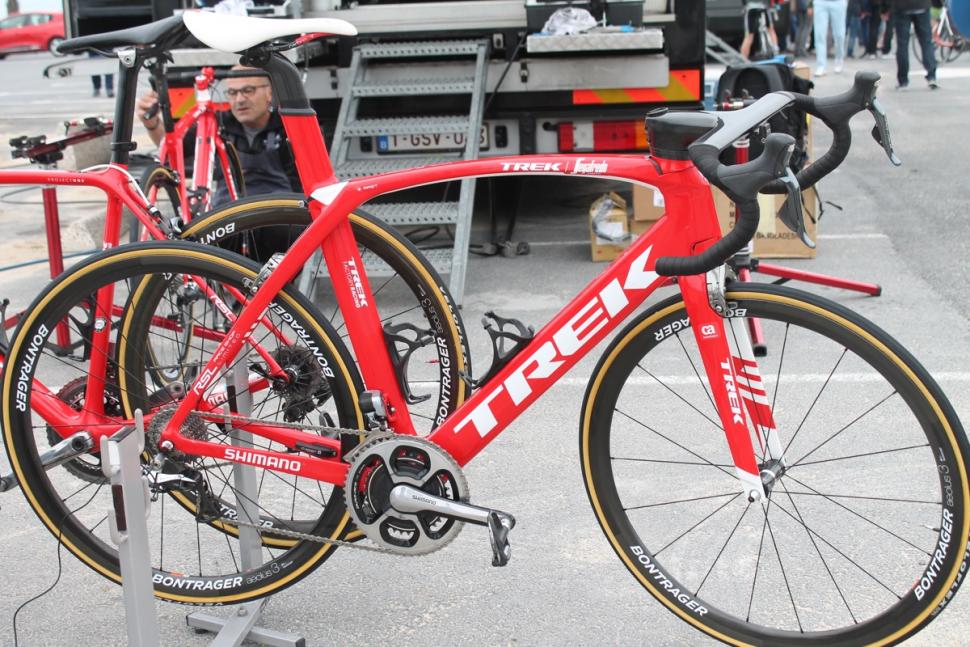






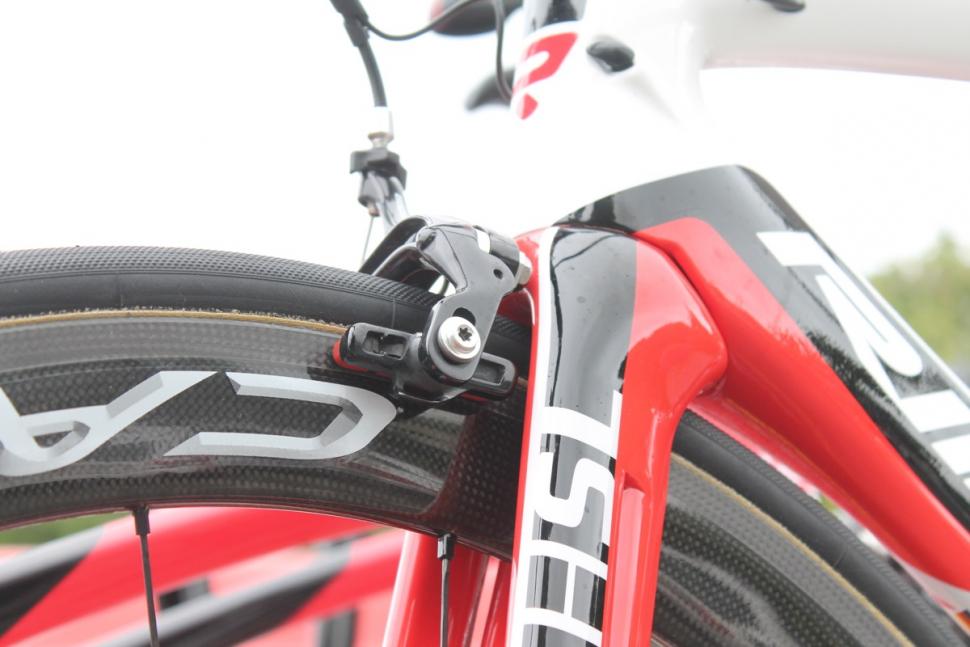



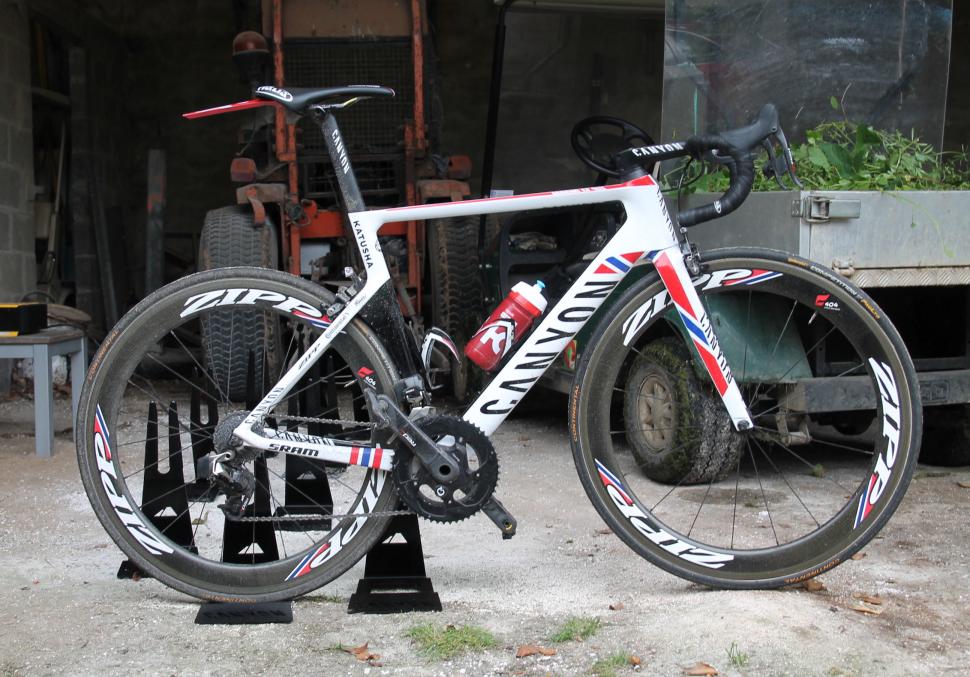


Add new comment
1 comments
Was never a fan of Scott. But that Foil really is winning me over.
If I was lucky enough to have the choice.. probably would take the S5.